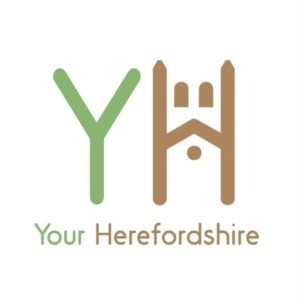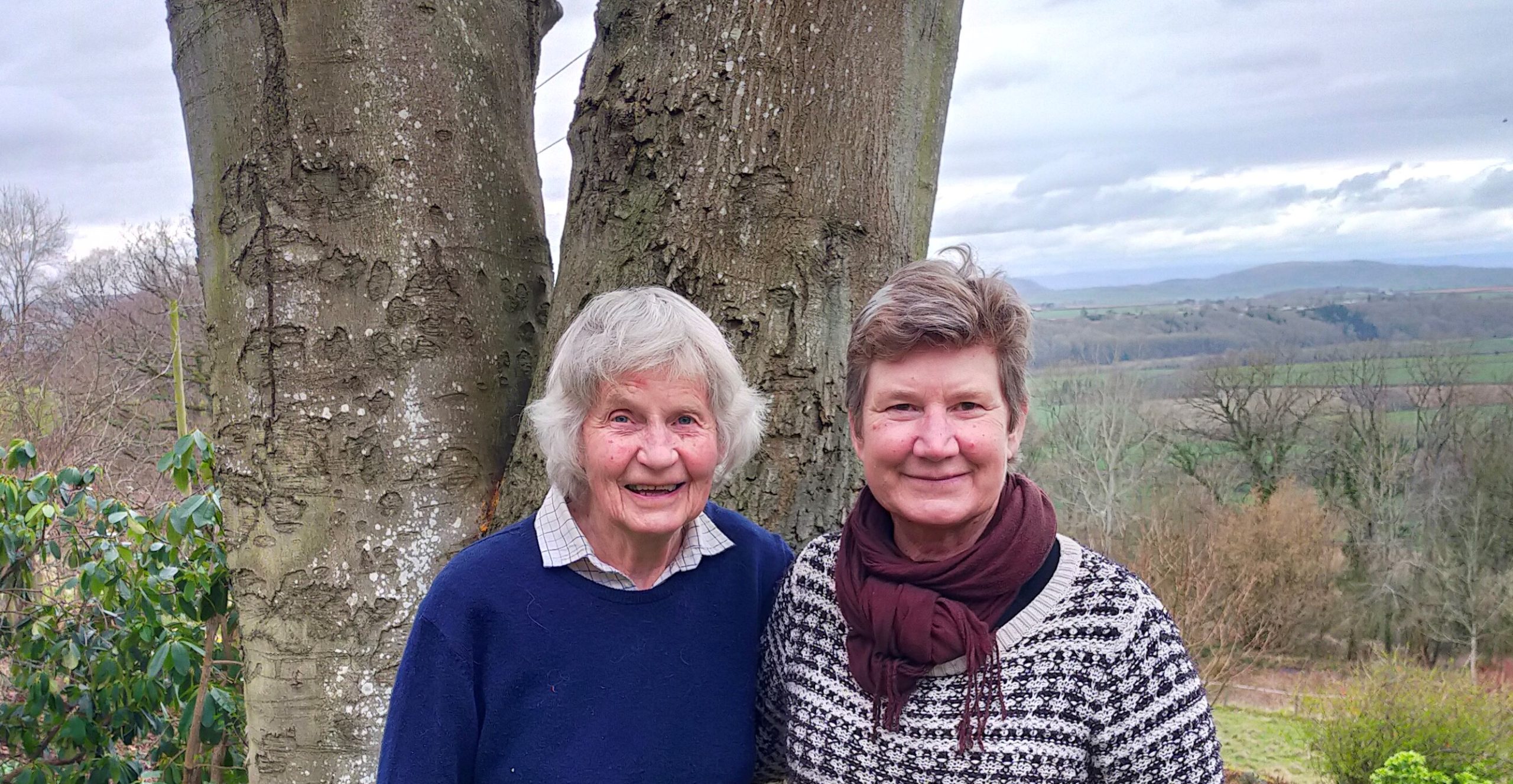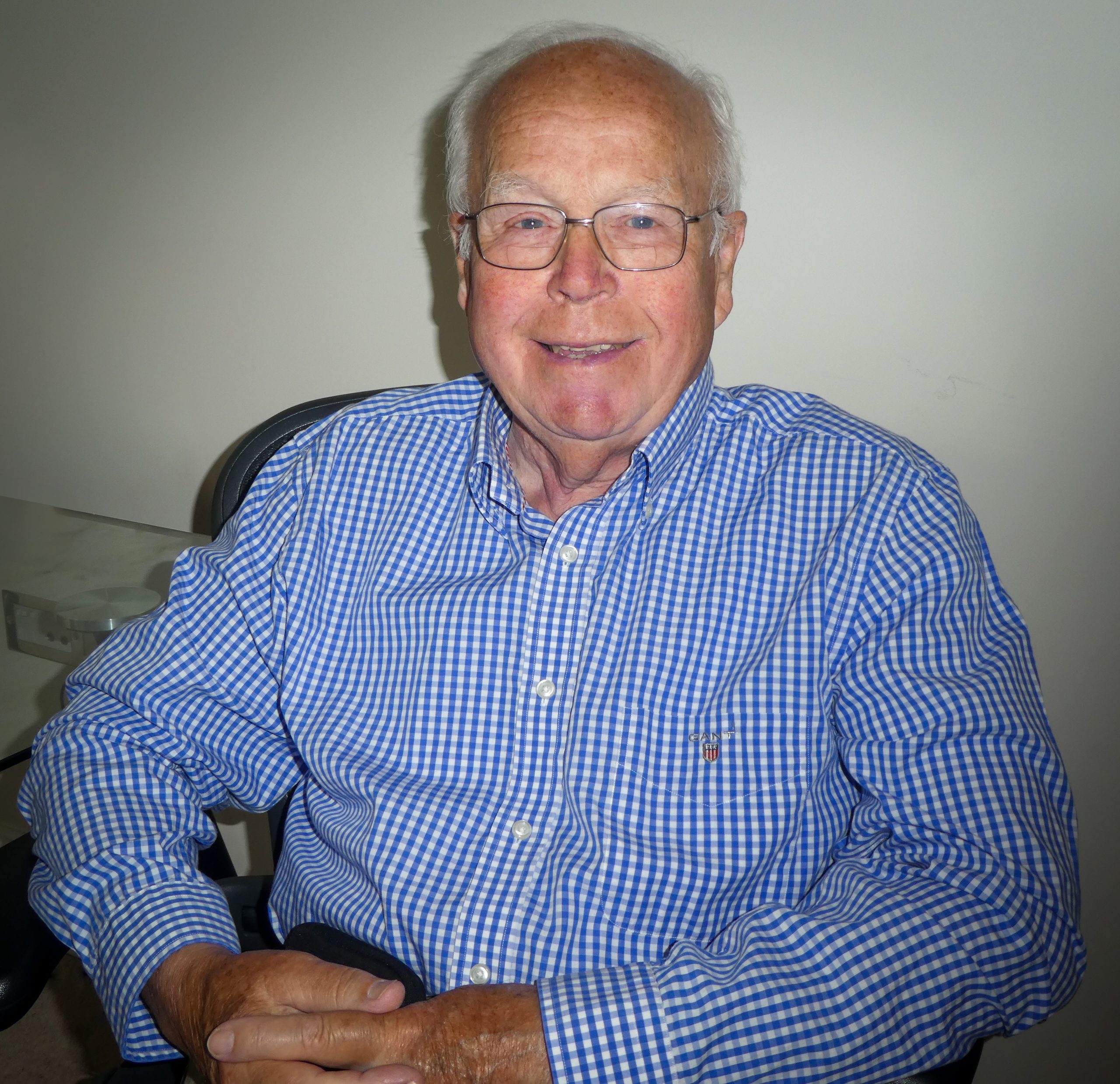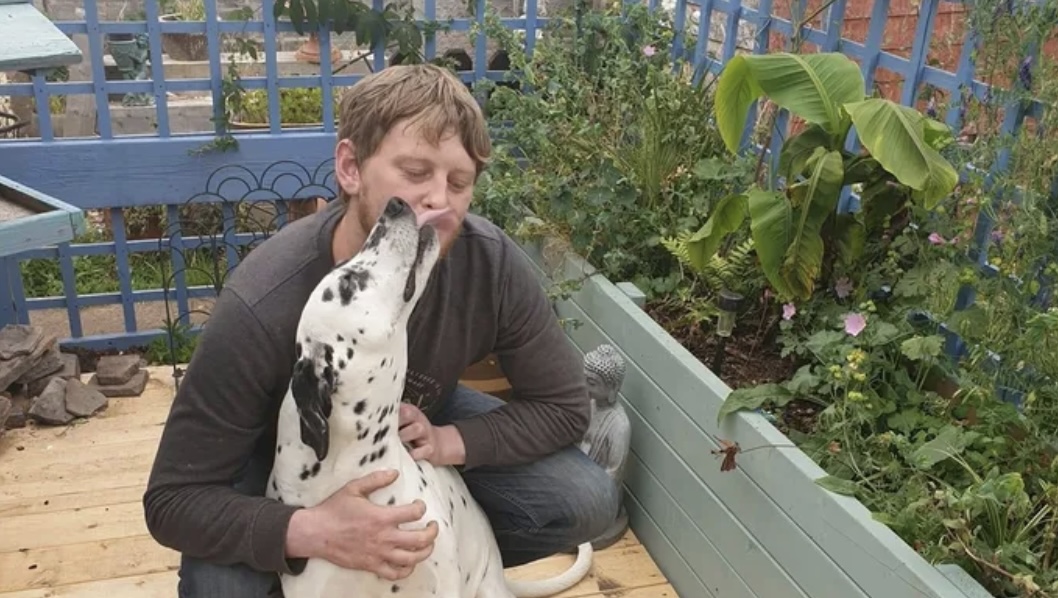A research project to monitor light pollution in the Wye Valley has had a funding boost which will help collect information and inform policy in Herefordshire on the value of Dark Skies.
The Wye Valley Society has successfully received a Nature and Climate Change Grant from Herefordshire Council to deliver a Dark Skies Project in part of the Wye Valley Area of Outstanding Natural Beauty (AONB). This project will raise understanding through an awareness campaign, public events and an education programme to combat light pollution in Walford first and then move on to Goodrich, Welsh Bicknor, Whitchurch, The Dowards and Ganarew.
Lighting accounts for nearly 6% of the global CO2 emissions and 20% of the electricity used worldwide. Inefficient lighting wastes over £1bn a year in the UK alone.
Coun Yolande Watson, Herefordshire Councillor for Kerne Bridge said “I’m delighted to support and lead on this important project. Very few people realise increased Artificial Light at Night (ALAN) is directly linked to negative impacts on human health and wildlife such as bats, birds, insects, reptiles, amphibians, mammals, and plants”.
The Dark Skies Project will be working with local volunteers to deliver a year-long project – engaging local primary schools, children and their parents to observe and record light pollution with an aim to inform the development of appropriate policy in the Wye Valley AONB and Herefordshire Council.
Mrs Virginia Morgan, Secretary of the Wye Valley Society said “We will be holding a meeting at the Walford Village Hall next month to highlight the importance of Dark Skies in the Wye Valley and show volunteers how they can measure light pollution. It’s a new and exciting project for the Society, members of the community and our partners.”
If you want more information about the project or want to get involved, contact Coun Yolande Watson on yolande.watson@herefordshire.gov.uk
If you don’t live in Kerne Bridge but want to know what can you do about light pollution? BugLife.org says:
- Only add light where and when you really need to.
Using external lights to move around your garden and in and out of the house safely makes sense. Leaving them on all night does not. Make sure to turn them off or use a sensor to help limit your use. This will not only help reduce light pollution but also lower your energy consumption!
- Use only the brightest light you need.
There is now a huge range of choices when it comes to lighting, but you don’t need “daylight bright” light at night. Choose “warmer” lights, this reduces the amount of blue-violet light being emitted, which is considered more harmful to invertebrates and reflects light upwards adding to skyglow.
- Shield your lights
Directing your lights to light up only the places you need can make a huge difference. Adding shields to existing lights can help stop casting light into unwanted places such as trees, hedges and even up into the night sky.
Interior lighting also casts out into the outside world if curtains and blinds aren’t shut. Make sure you shut your curtains when you put the lights on inside.
- Share the message of reducing light pollution
Reducing your light pollution is a great step, but we need everyone to do their bit to help. Sharing the messages about the impacts of light pollution with friends, family and neighbours will help generate the collective effort we need.
- Contact your elected officials
Raising the issue of light pollution with your parish or local councillors is a great next step and can help implement local action plans on lighting and reduce light pollution in your area. MPs can help increase awareness of light pollution in Parliament and help us to get a national target on reducing light pollution.




